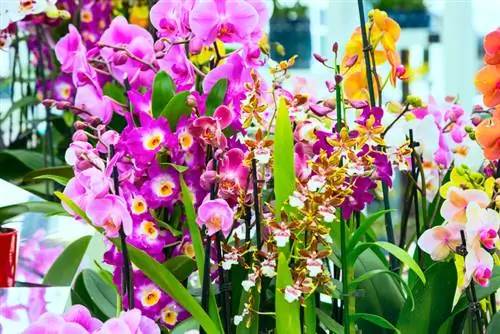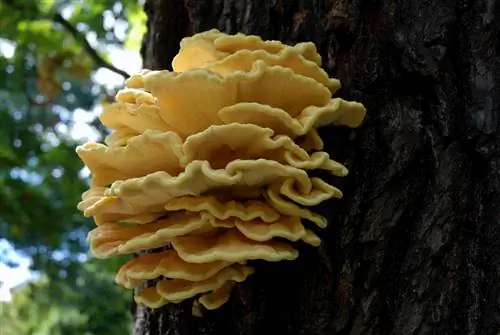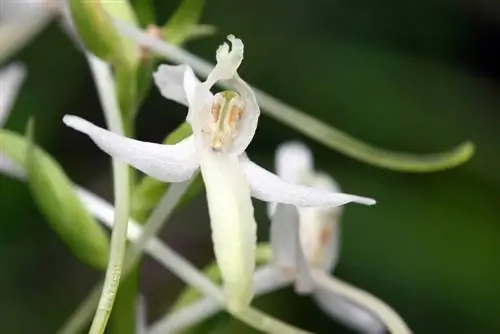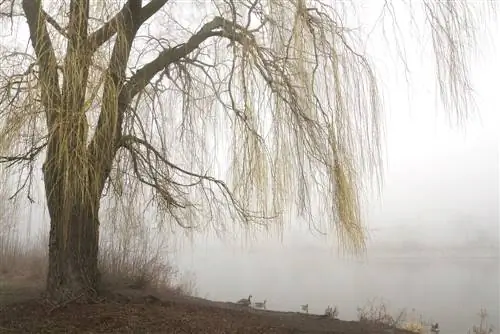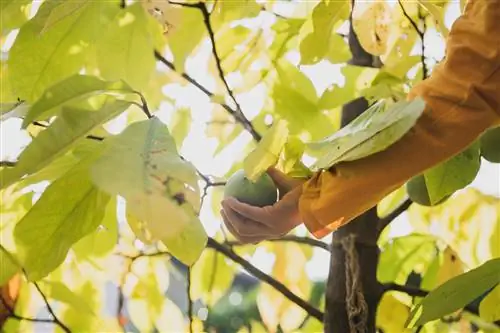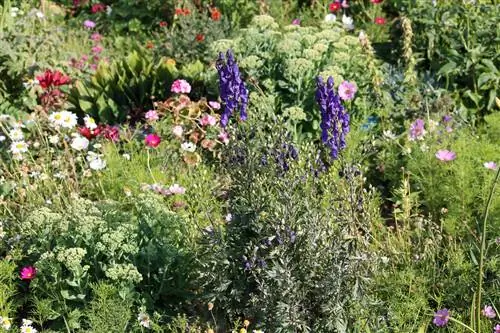- Author admin [email protected].
- Public 2023-12-16 16:46.
- Last modified 2025-06-01 06:02.
With beautiful flowers, orchids give us moments of floral happiness all year round. Reason enough to take a closer look at their unique properties. This profile briefly and concisely summarizes what makes the queen of flowers special.
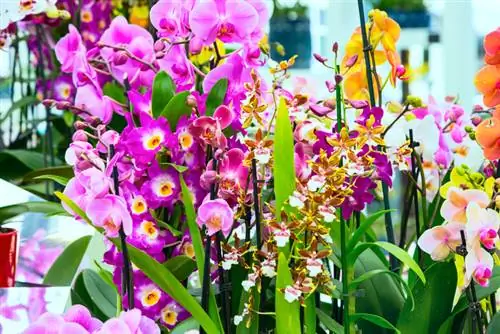
What are the special properties of orchids in the profile?
Orchids are a fascinating family of plants with over 1,000 genera, around 30,000 species and countless hybrids. They grow primarily in tropical regions, have a variety of flower shapes and times, and have rich green, leathery leaves. A symbiosis with fungi ensures the germination of their microscopic seeds.
Systematics and habitus at a glance
When dinosaurs colonized the earth 65 to 80 million years ago, the evolution of orchids began. As early as 500 BC, the first writings de alt more closely with the unique plants from tropical regions. To this day, orchids have lost none of their fascination. On the contrary, beauties such as Phalaenopsis, Dendrobium or Vanda are considered popular houseplants. The following profile takes a closer look at the exciting attributes:
- Orchid family (Orchidaceae)
- More than 1,000 genera with around 30,000 species and countless hybrids
- Mostly native to the rainforests of tropical regions
- Growth: epiphytes on trees (epiphytic), epiphytes on rocks (lithophytic), in soil (terrestrial)
- Growth heights from a few millimeters (Bulbophyllum) to several meters (Vanilla)
- Rhizomes, bulbs or pseudobulbs as storage organs
- Diverse flower shapes with a diameter of up to 30 cm
- Flowering times from 1 day to several months
- Light green, leathery to fleshy leaves with smooth edges
Although 9 out of 10 orchids come from tropical countries, some species are still native to Germany. These include orchids, damselworts and forest hyacinths, which we can encounter on our hikes. The yellow lady's slipper orchid, which is the only Cypripedium species that can survive in the Central European climate, provides an exotic floral flair in German forests.
Mushrooms and orchids - a wonderful symbiosis
The microscopic seeds of orchids do not have nutrient tissue, as is standard with other plant seeds. In order for the tiny embryos to survive, they rely on a symbiosis with nurse fungi. By penetrating a seed, the fungal spores ensure germination and the supply of seedlings. This process takes many years. It is not uncommon for seedlings to bloom for the first time after 15 years.
Tip
Its status as the most popular houseplant belies the danger to orchids. The unique flowers are threatened with extinction in the wild. Therefore, all orchid species worldwide are subject to nature conservation. Admiring and taking photos is allowed - picking and digging up, however, is punishable by heavy fines.

